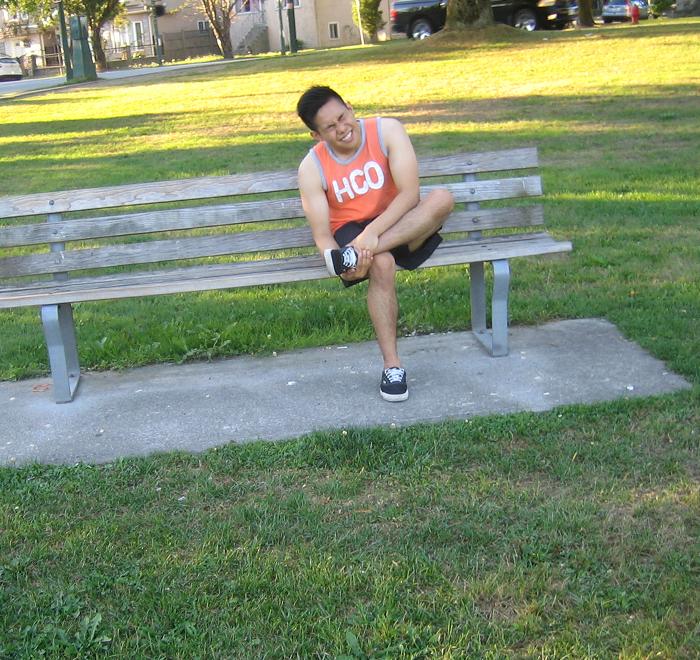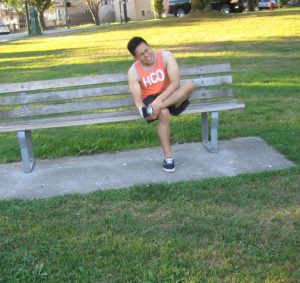Fractured foot bones happens when one or more bones of the foot break due to sudden trauma or chronic overuse. The foot is divided into three parts – hindfoot, midfoot and the forefoot.
Causes of fractured foot bones
- Toes break when accidentally kicking something hard.
- Heels break when falling from a height and landing on the feet.
- Other bones in the foot break due to twisting or spraining an ankle
- Sometimes, small cracks form in the bones over a longer period of times due to repeated stress called stress fractures
Take plenty of rest especially the affected area for at least 3-4 weeks for fast healing of the condition.
Symptoms
- Foot pain that becomes severe when bearing weight
- Swelling on the top of the foot and outside of the ankle
- Ankle and foot is tender when touched
- Throbbing pain, discoloration and bruising
Treatment
- Take plenty of rest especially the affected area for at least 3-4 weeks for fast healing of the condition. Avoid placing weight on the injury to prevent causing stress on the healing bones.
- Elevate the ankle above the level of the heart to lessen the inflammation and swelling. It returns the flow of blood to the heart and lessens the bleeding. Raise the leg by placing it on a pile of pillows to keep it elevated.
- Apply an ice pack on the affected area for at least 20 minutes at a time to lessen the inflammation and pain.
- Take the prescribed pain and anti-inflammatory medication such as acetaminophen to lessen the pain, inflammation and promote fast healing of the affected area.
- Avoid walking on an injured foot if it causes severe pain.
- Wear special shoes such as those with wide soles and have adequate room for the toes. Avoid wearing shoes that causing crunching or squeezing of the toes.
Disclaimer / More Information
The material posted on this page on fractured foot bones is for learning purposes only. Learn to recognize and manage fractures by taking a first aid and CPR class with one of our training providers.
FACT CHECK
https://www.webmd.com/a-to-z-guides/broken-foot#1
https://www.medicinenet.com/broken_foot/article.htm
https://orthoinfo.aaos.org/en/diseases–conditions/stress-fractures-of-the-foot-and-ankle/


